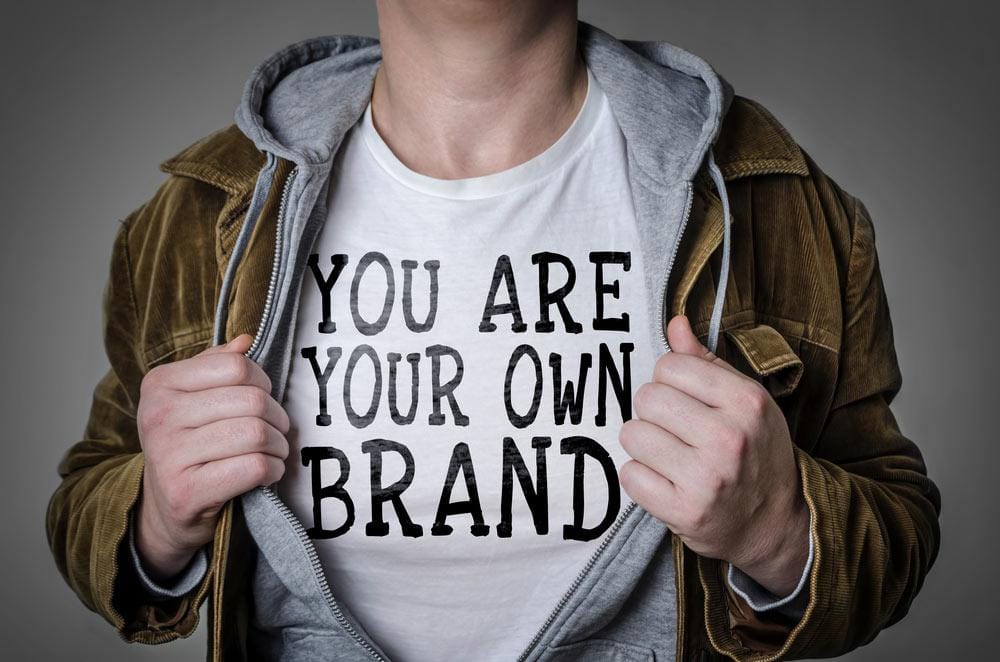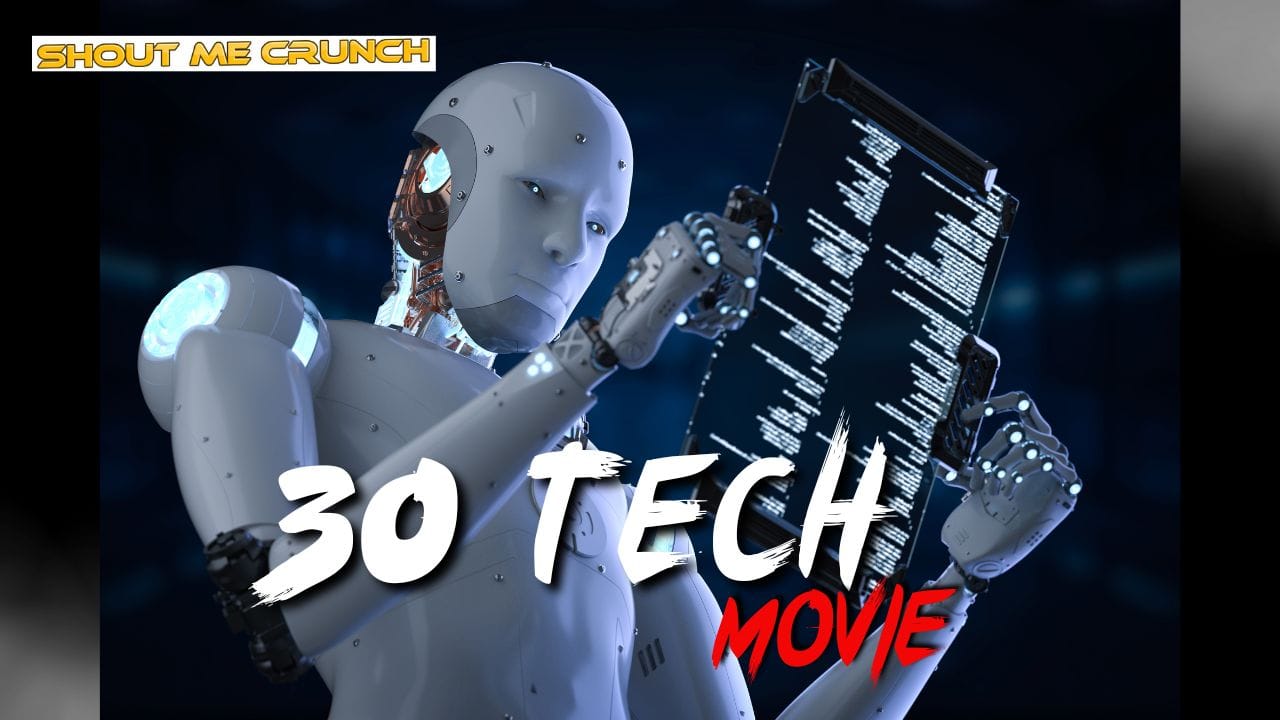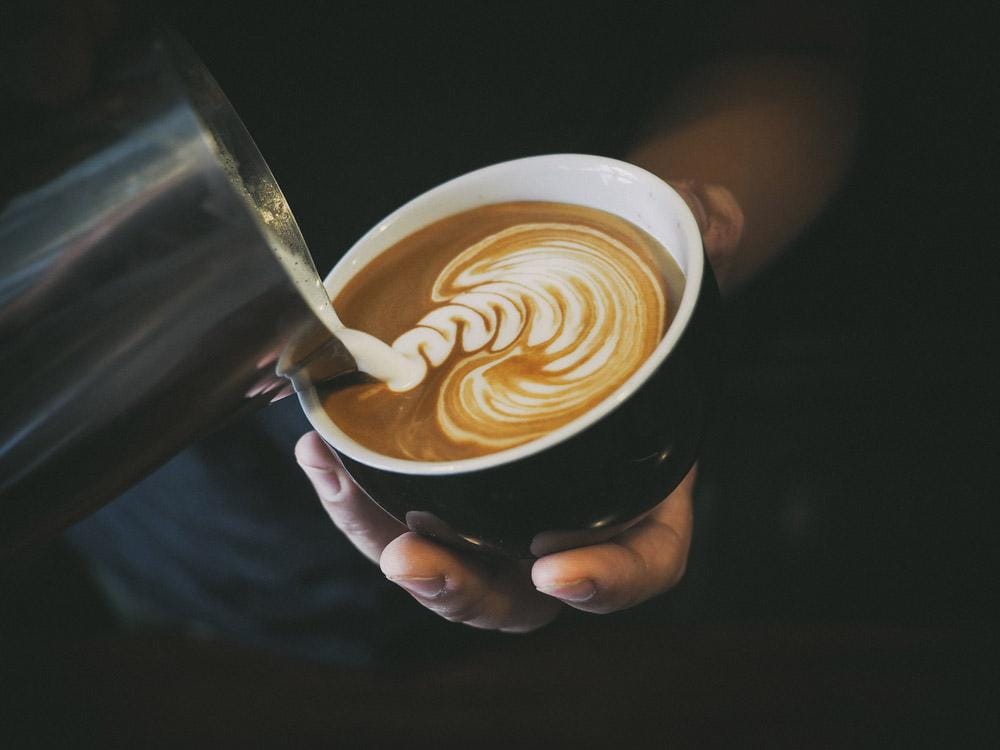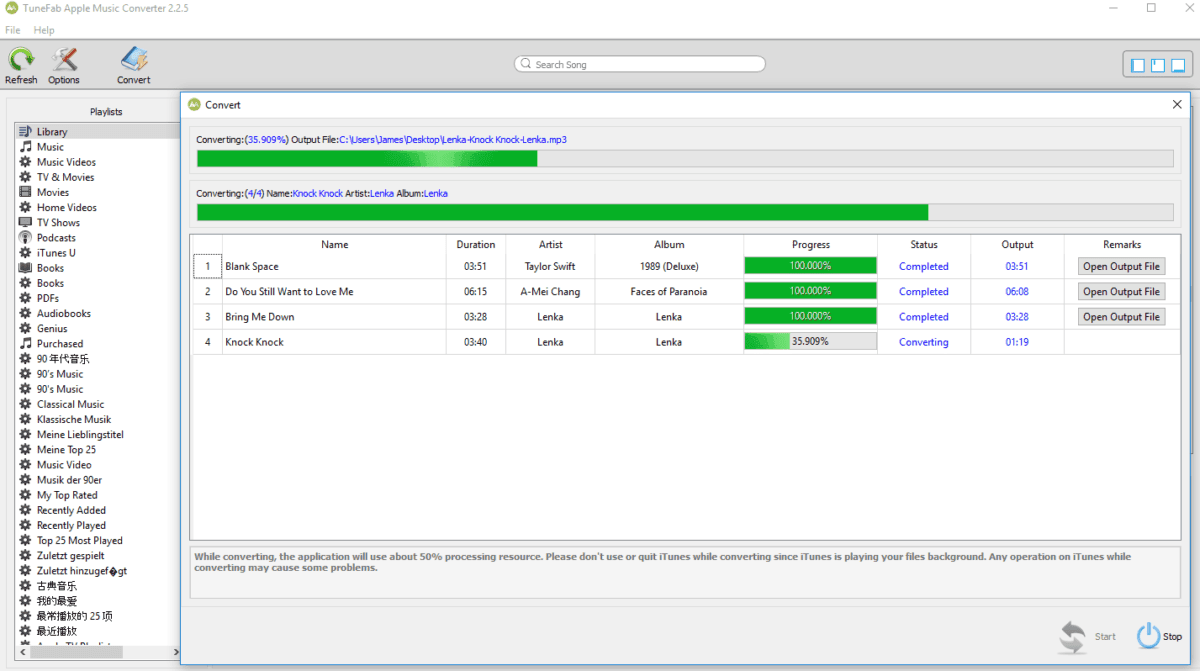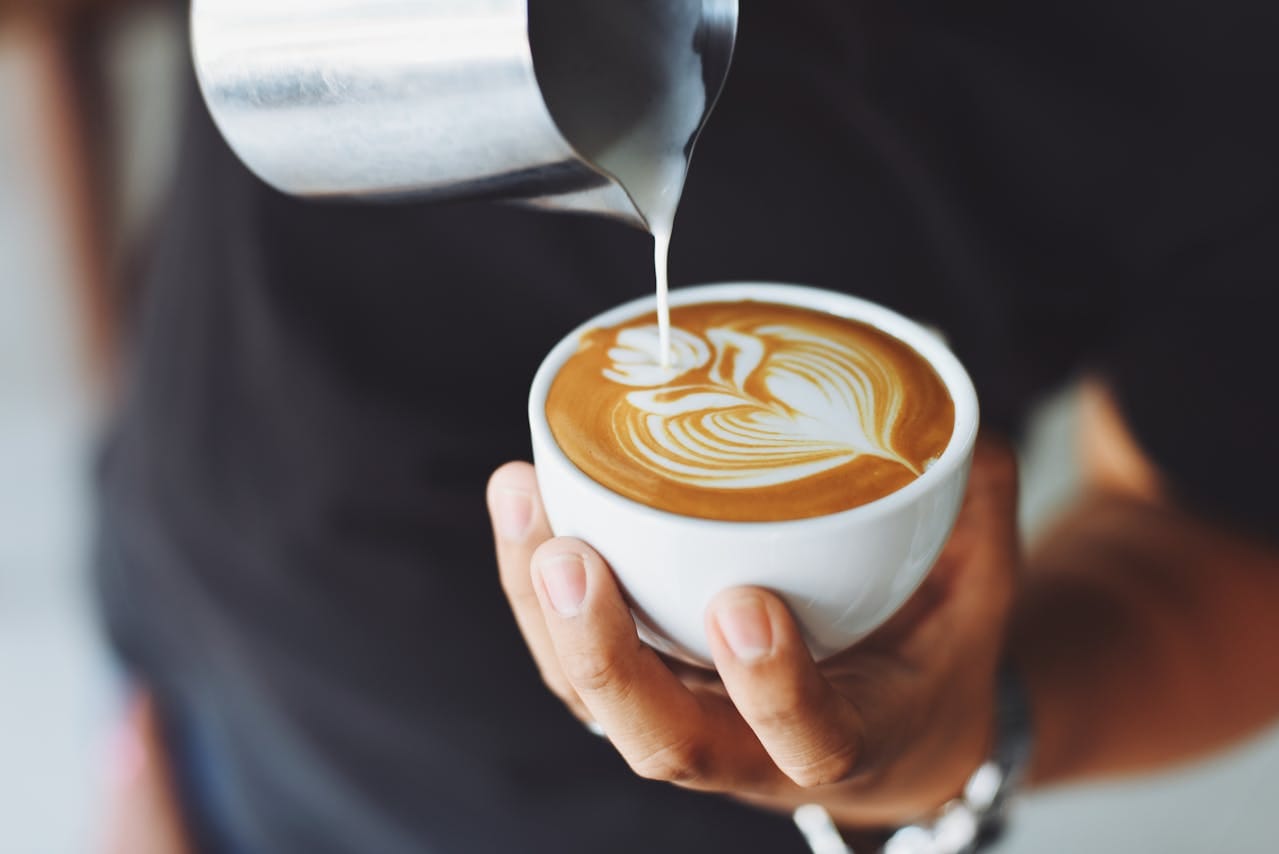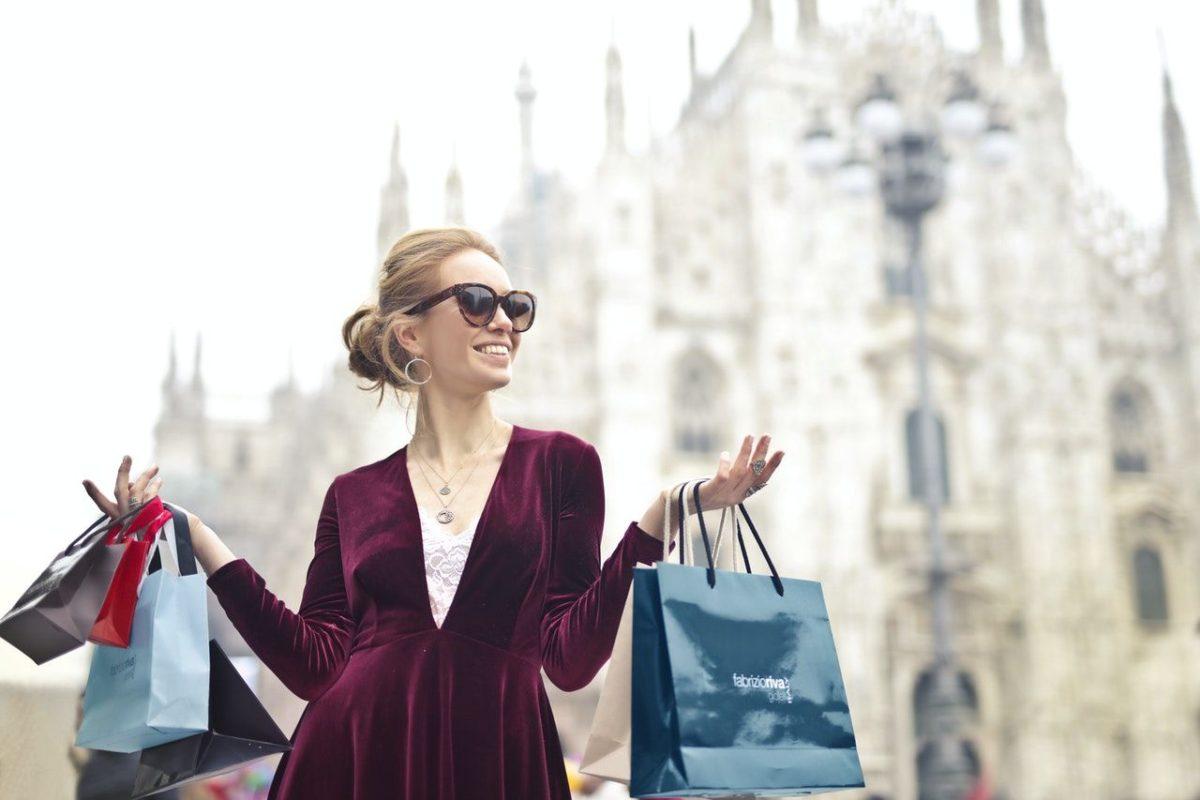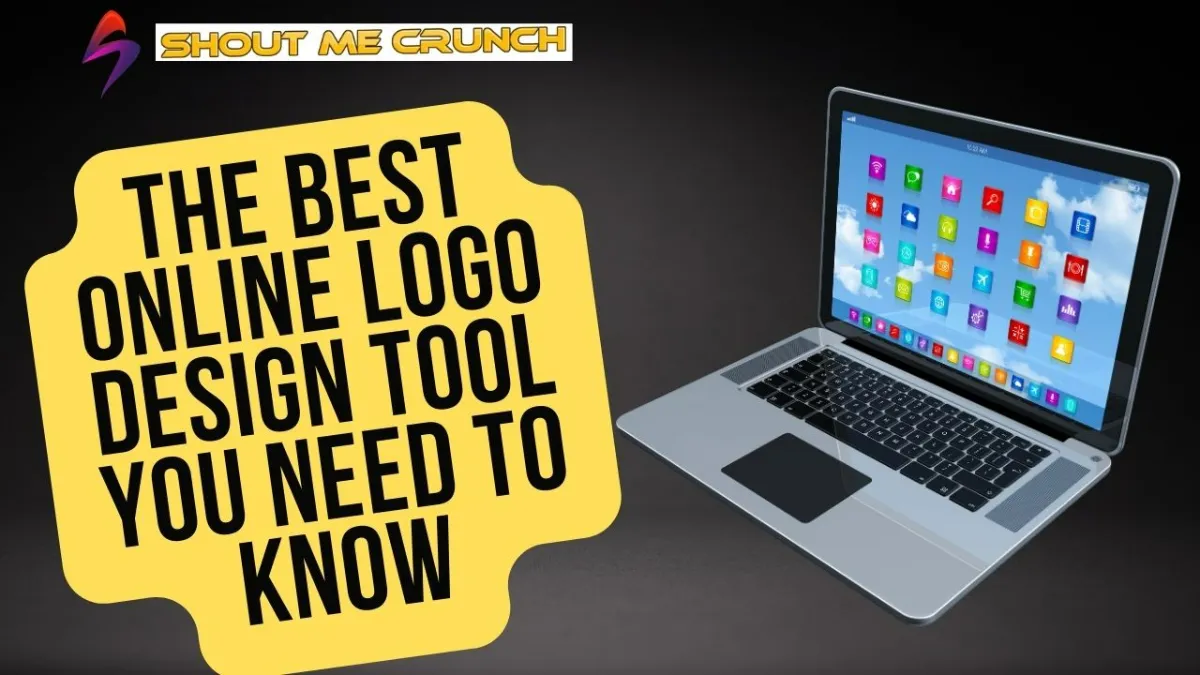Ever wonder why some stores feel unforgettable while others fade instantly? The secret lies in their branded space design.
Ever walked into a store and thought, “Yep, this feels like them”? Like, you don’t even need to see the logo. You just know. Apple’s glowing tables. Starbucks’ earthy wood tones and that smell of coffee that practically slaps you before you even hit the counter. That’s branding, but not the boring kind. That’s branding as an experience.
And honestly? Most businesses get this wrong. They slap a logo on a wall, maybe hang a banner or two, and call it a day. But a brand isn’t just something people see—it’s what they feel when they step into your space.
Contents
So… What’s the Deal with Branded Spaces Anyway?
Think of your brand space like your living room. Would you invite people over if it looked like a garage sale exploded? Nah. Same logic here. Smart professionals know that exceptional retractable pop up banners can transform any space into an instant branded environment, especially during trade shows and events.
The fundamentals are actually pretty simple (but weirdly ignored):
- Colors matter. They set the mood before you open your mouth.
- Fonts? Oh, they talk louder than you think. A sleek sans serif whispers “modern.” A curly font screams “wedding invite.”
- Imagery. Stock photos everywhere = nobody believes you. Real, authentic stuff = people lean in.
I once went into this spa that used neon-green walls. Spa. Neon green. My eyes still haven’t forgiven me. Point is, details matter.
Can Layout Really Change How People Behave?
Yep. Ever been trapped in IKEA’s labyrinth? You don’t choose the path; the path chooses you. By the time you reach checkout, you’ve got candles, meatballs, and a rug you never needed. That’s space planning at work.
It’s not just about looking nice—it’s about flow. Like:
- Buzz zones where people chat, browse, touch stuff.
- Quiet corners where they think, compare, or maybe just breathe.
- Clear “lanes” so folks don’t get lost or annoyed.
Bad layout = confusion. Confusion = people bolting for the exit. Simple.
Do Visuals Really Stick in People’s Heads?
Oh, totally. Visuals are like the brand’s handshake. Strong or weak, people remember.
- Lighting: warm = cozy, sterile white = dentist vibes.
- Materials: wood feels grounded, steel feels futuristic.
- Colors:
- Red = urgency. (Why do you think fast food loves it?)
- Blue = trust. Banks eat this up.
- Green = nature, growth. Easy win.
Overdo it, though, and it’s like shouting in someone’s face. Ever seen a store where every wall, sign, and staff uniform is neon orange? Yeah. Don’t do that.
Why Do the Senses Matter So Much?
Here’s the thing—branding isn’t just what people see. It’s the whole body package. Smell, sound, touch, sometimes taste.
You know how Abercrombie used to pump their signature cologne so hard you could smell it from the parking lot? Bold move. Worked for teens, maybe not for parents.
- Smell: signature scents stick (coffee, leather, fresh bread).
- Sound: music sets the pace—slow jazz in bookstores vs. EDM in gyms.
- Touch: textures matter. Smooth marble vs. rustic wood.
- Taste: Costco’s free samples. Genius.
- Even temperature! Too hot? People leave faster. Too cold? Same.
Balance, my friend. Balance.
Should Tech Be Everywhere in a Branded Space?
Not really. Here’s the trap: some brands shove in tech just because it looks cool. VR goggles, giant touchscreens that don’t even work right. Customers hate gimmicks.
But done well? Chef’s kiss.
- Interactive displays that actually help.
- QR codes for people who want to dive deeper.
- AR mirrors (try on clothes virtually, yes please).
Rule of thumb: tech should feel natural, not like a circus trick.
How Do You Keep Branding Consistent Everywhere?
Starbucks again. Walk into one in New York, or Tokyo, or Dhaka—you feel the same vibe. Not identical furniture, but the same soul.
Tips here:
- Make guidelines that go beyond logos. Think tone, flow, staff attitude.
- Use modular design pieces you can tweak for each location.
- Check in regularly. Spaces need refreshers, not fossilization.
The danger? Being so rigid that every shop feels cloned. People crave a little local flavor.
Are Staff Really Part of the Brand Experience?
Oh, absolutely. The fanciest store means nothing if the staff act like they’d rather be anywhere else. Disney nails this—they call employees “cast members” because they’re part of the story.
Good staff training isn’t just “smile more.” It’s:
- Know the brand story. Why does this layout exist? Why these colors?
- Learn how to read people. Approach, don’t stalk.
- Play the role, but make it feel real.
Humans remember other humans.
How Do You Even Measure Success?
You can’t just “hope” it’s working. Data matters.
- How long do people hang out (dwell time)?
- Where do they spend most of their time (hotspots)?
- Do browsers actually buy (conversion)?
- Would they tell their friends (NPS)?
It’s not about spying—it’s about listening. Spaces are conversations. Keep the back-and-forth alive.
Do Culture and Sustainability Actually Matter?
Short answer: yes. Long answer: heck yes.
Culture: a space in Tokyo isn’t a space in Toronto. Same brand, different cultural beats. If you copy-paste, you’ll look clueless.
Sustainability: this isn’t a “bonus” anymore. Customers sniff out greenwashing. Use real eco-materials, save energy, reduce waste. Not just to look good, but because it’s the right thing to do.
Wrapping It Up (Before I Ramble More)
At the end of the day, creating a branded space is less about slapping logos on walls and more about staging a story people can feel. It’s mood, it’s flow, it’s smell, sound, vibe, the whole shebang. It’s staff who get it. It’s tech that helps, not annoys.
And honestly? It’s a work in progress. Spaces should evolve. Tweak the lights, swap the scents, retrain the staff, update the tech. Keep it fresh without losing your core.
Because here’s the real secret: people don’t just remember what they bought. They remember how your space made them feel.
